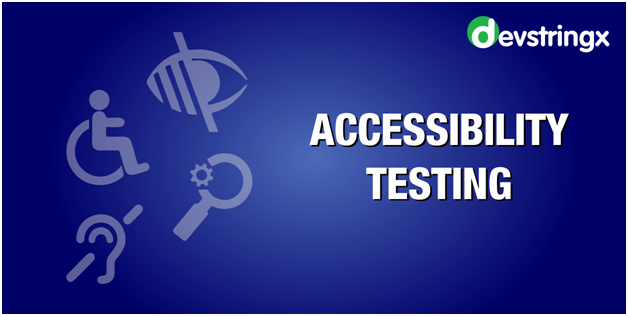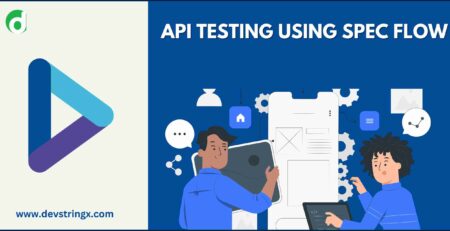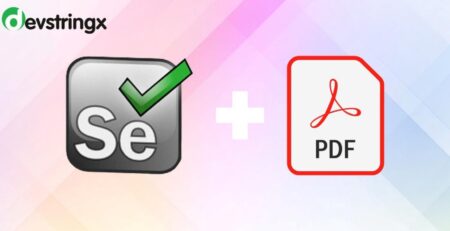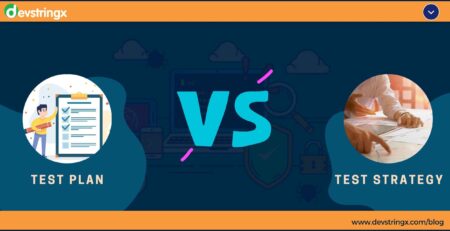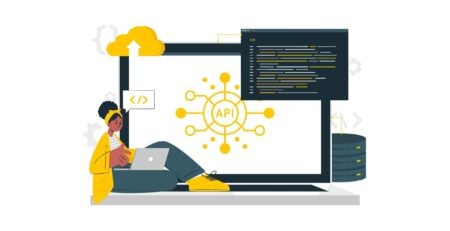Accessibility Testing: Need, Benefits, and Types | Devstringx
Accessibility is the quality of understanding easily and appreciated. It makes things accessible to all people (whether they have any disability or not) through the design of products, devices, services, or environments. It could be seen as the “ability to access” and benefit from some system or entity. Accessibility knew as A11Y where the number 11 refers to the number of letters omitted from the word Accessibility.

Principles of Accessibility Standards
The World Wide Consortium (W3C) says, about 15% of the world population has different kinds of disabilities, which is the main reason Accessibility testing is required. W3C has created the online Content Accessibility Guidelines which define the list of accessibility standards. the principles are classified under 4 principles:
1. Perceivable: Information and interface must be presentable to users during how they go to perceive. Such as transcripts, captions, or subtitles for multimedia.
2. Operable: Navigation through the UI must be accessible and operable. Such as Keyboard navigation i.e. each link on the website must be accessible using a keyboard stroke.
3. Understandable: The content on the interface must be understandable. Such as Meaningful messages rather than color-driven instruction.
4. Robust: UI content must be robust enough so that it is often accessible to various user agents. For example: Accessing a website URL on the desktop web and also on a mobile/tablet web/web view-port.
For all the guidelines, there are 3 levels of testable success criteria:
1. A (lowest)
2. AA (mid-range)
3. AAA (highest)
These three levels might vary from different organizations or in different situations. Conformance at higher levels indicates conformance at lower levels. For instance, by confirming to AA(mid-range), a Web page meets both the A(lowest) and AA(mid-range) conformance levels. The lowest level sets a minimum accessibility level and doesn’t achieve broad accessibility for many situations.
Types of Disabilities

1. Visual Disability: This disability is one of the most disabilities which complete blindness or color blindness or poor eyesight, visual problems like refractive errors, and blurry vision.
2. Hearing Disability: People may have problems like deafness and hearing impairments, difficulty hearing well, or hear clearly.
3. Literacy Disability: In this disability, People may have difficulties in reading problems, and finding words.
4. Physical Disability: In this disability, people may have challenges with relying on motorized equipment and can’t access physical devices such as a keyboard or mouse to interact with the applications.
5. Cognitive Disability: It is a type of disability in which people may have poor memory and difficulties in understanding and expressing their thoughts to the other person.
Types of Web Accessibility Testing
1. Manual Web Accessibility Testing: The easiest and most basic manual way of testing accessibility is keyboard accessibility. This has been done by pressing the ‘tab’ key on the keyboard. Ideally, every link will get focused on every ‘tab’ press, and thus the user is becoming ready to navigate through the appliance. There are assisting technologies like screen-readers (NVDA, JAWS, VoiceOver, Talkback, etc.). These screen readers will read what appears on the appliance and should help people with vision impairments to use and understand the online better.
2. Automated Web Accessibility Testing: We can automate the website for testing accessibility. There are quite a lot of options like browser plug-ins (Axe for Chrome and Firefox, Web Accessibility Toolbar, etc.), automated APIs (Axe, pa11y, etc.), and other tools like Accessibility Inspector, JAWS Inspect, the Color Contrast Analyzer, etc.
Benefits of Web Accessibility Testing
By following web accessibility guidelines and doing accessibility testing, we aren’t only building an application accessible for the disabled, but we also are getting other benefits of accessibility testing:
1. Avoiding legal complications — Many countries have made it mandatory that websites must meet the accessibility requirements before going live. Accessibility testing must be done to satisfy legal compliance.
2. Potential growth within the business — If the appliance is made by following accessible guidelines, that reaches people with disabilities also and leads to potential growth in your company’s revenue.
3. Accurate Search results- If the website is made keeping accessibility in mind, it’ll have rich text which can make search engines hunt out websites more easily as search engines will search for text while looking up the content.
4. Better User Experience — If digital content is formed accessible, it is often useful for any user who utilizes your application as intended. Since keeping an accessible design makes the application’s navigation, text clarity, appearance, and far other features more appealing and user-friendly.
Read Also:- What is Interface Testing? Know Its Types, Strategy, and Tools
The Necessity of Test for Accessibility
It’s better to test all the applications for accessibility to improve the customer’s experience. Developers and organizations have to make sure to create high-quality websites and web tools, and not exclude people from using their products and services.
Importance of Accessibility
a) Improves maintainability and efficiency
b) Increase market share and audience reach
c) Aids usability
d) Easy and efficient access to users with impairment and challenges
e) Assists in access for low-bandwidth users
f) Better and more maintainable code
g) Good SEO (Search Engine Optimization)
h) Maintains customer loyalty and brand value
As the influence of digital media is increasing day by day, websites and digital applications have become inevitable areas of education, healthcare, entertainment, banking, insurance, and far more. it’s essential that these be made accessible for people with diverse abilities. Accessibility is additionally required by law in many cases and far-off countries have made it mandatory.
So, Accessibility testing is a methodology explaining how easily one can navigate, access, and understand web/mobile applications/content. It is noted that accessibility is not only for people who have disabilities but also helps people including older-aged children, people who are left-handed, a person holding a baby, and many more.
If you’re interested in learning more about software testing, we suggest checking out some of the additional articles we’ve listed below. As always, please feel free to reach out if you have any questions or need help getting started.
Related Articles –
- What Is Sanity Testing?
- What Is Smoke Testing?
- Smoke Testing Vs Sanity Testing
- Types of Software Testing

